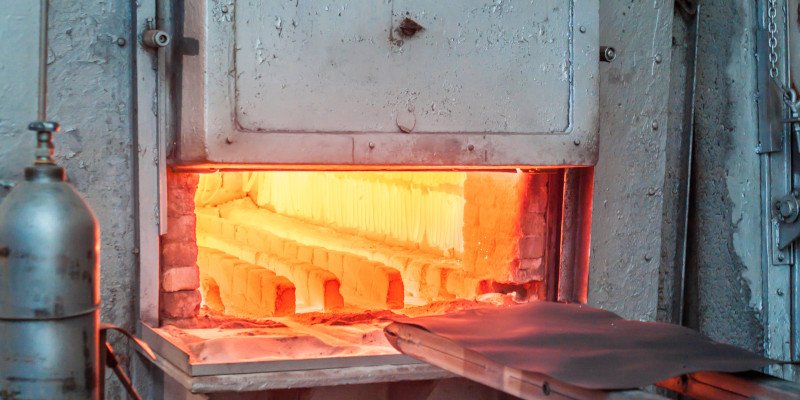Refractory failure can have significant consequences, including costly downtime, equipment damage, and lower product quality, so it makes sense that operators are always looking for ways to help prevent failures. While it’s not feasible to say we can help you prevent every failure, our team understands that our customers want to do what they can to lower the risks. Understanding the common causes of refractory failures is the first step in preventing them, so let’s look at three of the most common types and how you can help avoid them.

- Thermal Shock – Thermal shock happens when refractories are exposed to sudden and extreme temperature changes. It can cause problems like cracking and structural damage. To help prevent thermal shock, choose refractories that have a high thermal shock resistance, especially if your environment commonly experiences rapid heating and cooling. Enacting a proper cooldown and preheating process will also help prevent the risk of thermal shock in your refractories.
- Mechanical Wear – Physical stress, abrasions, and impacts will all negatively impact your refractories. To combat mechanical wear, opt for durable refractory materials that are designed for abrasive environments. Regular inspections can also help you identify signs of wear and stress and take action before your refractories fail.
- Chemical Corrosion – Exposure to chemicals and gases can degrade the quality of your refractory materials. Corrosion is especially common in industries like metallurgy and cement manufacturing. You can apply protective coatings to your refractories to help prevent corrosion, as well as use materials that are known to be more chemically resistant.
Our team is proud to work with clients in a wide range of industries, and we can help you find the right materials for your unique environment. Contact us today to learn more about the refractories we offer!

